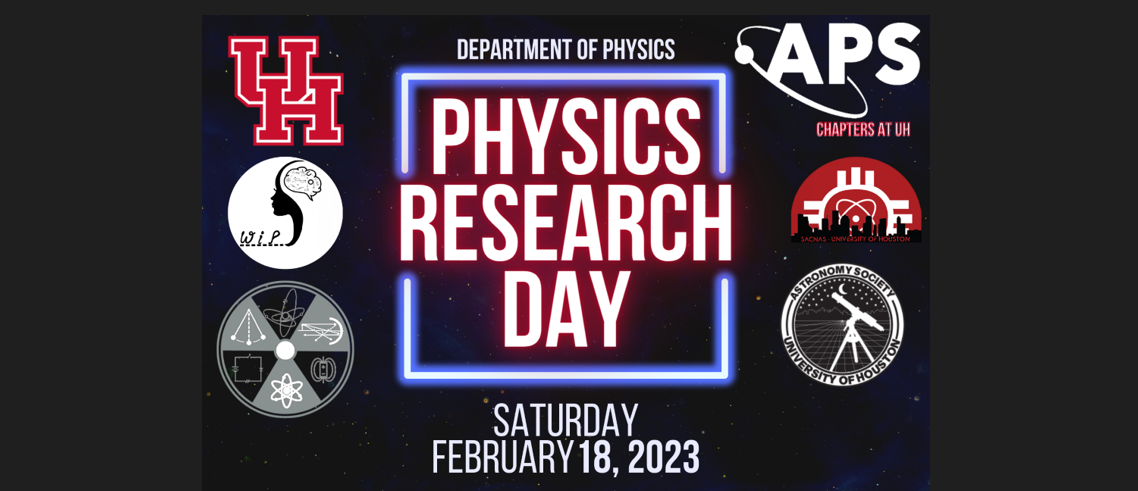Conveners
Parallel Session 1
- Greg Morrison (University of Houston)
Description
Parallel Session 1 in room Farish Hall 211
In an effort to better understand thermal behavior and particle yields in p-p collisions we recast the problem using the language of quantum information. In the last 50 years physicists have used the parton model, very successfully, to describe particle collisions. In the parton model the proton is put into a high momentum frame in which constituents are viewed as quasi-free. However, quantum...
Currently Lattice QCD simulations provide the best method of deriving the pressure of QCD as a function of the temperature. In the low-temperature regime, the thermodynamics can be understood in terms of a gas of non-interacting hadrons and resonances, but the contribution of the single hadronic species cannot be easily isolated. In this work we propose linear combinations of susceptibilities...
In Ref. [1], results for the QCD equation of state from the lattice Taylor expansion were combined with the 3D Ising model critical behavior, to build a family of equations of state which match first principle results and contain a critical point in the expected universality class for QCD. This family of equations of state was limited to chemical potentials $0 \leq \mu_B\leq$450 MeV, due to...
Positron Emission Tomography (PET) is used to observe metabolic processes within patients. It works by reconstructing the annihilation origin of incident gamma rays produced by a positron emitting tracer. However, inefficiencies of current PET technology, such as the use of photomultiplier tubes, can result in poor imaging. In addition, current PET scanners possess a small field of view which...
In heavy-ion collisions at relativistic energies that Large Hadron Collider (LHC) achieves, a hot and dense medium called quark-gluon plasma (QGP) is created. Intriguingly, the collective motion of produced particles forms an almond shape, that is thought to be the signature of QGP formation. Colliding Xe-Xe nuclei in ALICE experiment at the LHC we can determine the initial state of the...
The Artemis I space vehicle was exposed to Florida weather for several weeks before it was finally released for launch on November 16, 2022. Florida sustains more lightning strikes than any other state in the US because sea breeze fronts blow from two coasts, forming many cumulonimbus clouds. Fortunately, Artemis missions are also guarded by three towers comprising a Lightning Protection...
During a stellar core collapse, a large flux of neutrinos (1-100 MeV) is produced, escaping the core before any light can. If detected, these neutrinos can play a crucial role in providing both preliminary evidence of a stellar collapse, and an understanding of the mechanisms behind it.
The SuperNova Early Warning System 2.0 (SNEWS 2.0) is a worldwide network of neutrino detectors whose...
When a source of sound waves is active near the ocean surface, sound waves travel through the water and beneath the seafloor into the earth. The waves reflect from impedance changes in the earth and return to the ocean surface where sound measurements are recorded to then be processed and analyzed. From this study, a “picture” of the subsurface can be obtained that includes details such as...
